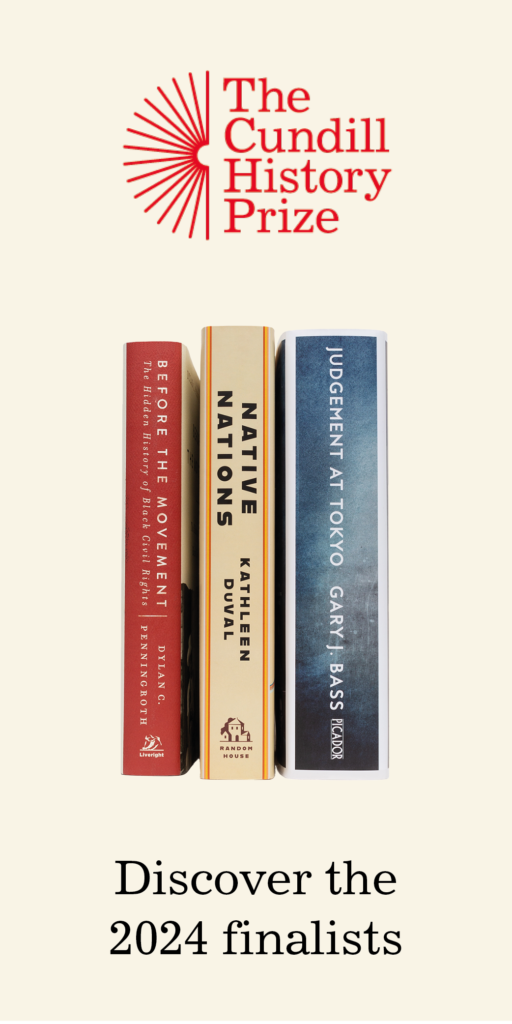Major League Baseball has limped through a pandemic-dominated season, with a bitter labour dispute as its unsettling centrepiece. As if disease and the game’s disappearance Weren’t enough. Once more, the billionaire owners tried to exploit the merely multimillionaire players with offers of pro-rated salaries and a truncated season. The fans, as usual, were the losers.
So it goes in professional sports. In May, the Globe and Mail columnist Cathal Kelley recalled a conversation from years earlier, where the likeable Blue Jay Lyle Overbay, then earning $7 million (U.S.) a year, said he considered himself poor next to his teammate Vernon Wells, earning $18 million (U.S.) at the time. This, Kelley noted, is part of “MLB’s sorry lesson in economics.” In a later column, he would add this: “There can be villains in a sports business squabble, but no heroes.” And this: “Somehow, baseball players have deluded themselves into believing that because they work for...
Mark Kingwell is the author of, most recently, Singular Creatures: Robots, Rights, and the Politics of Posthumanism.

